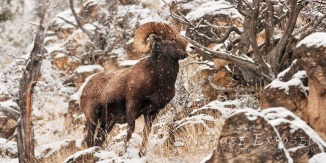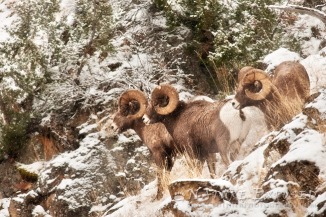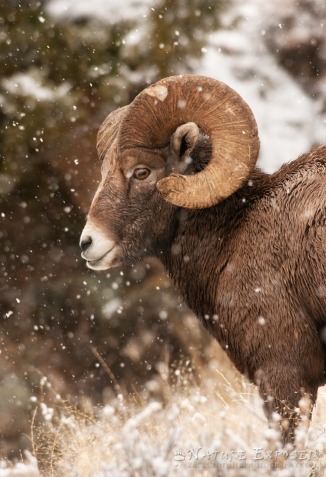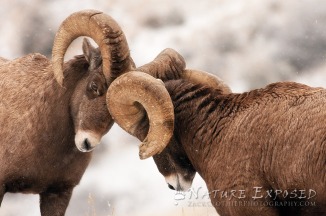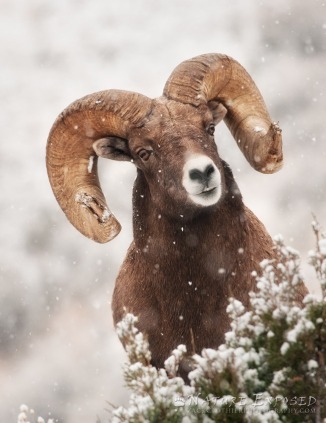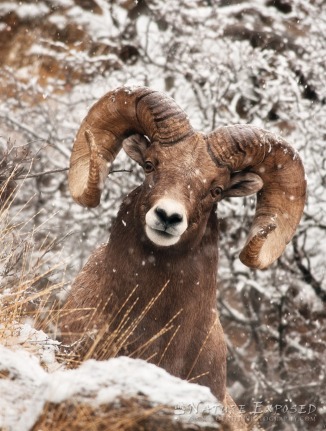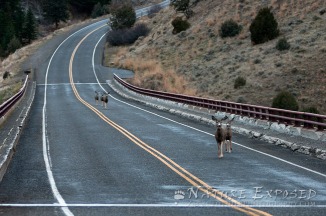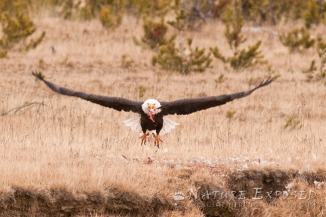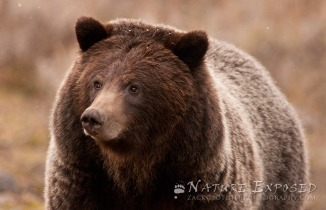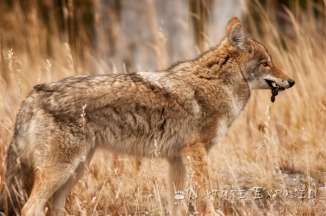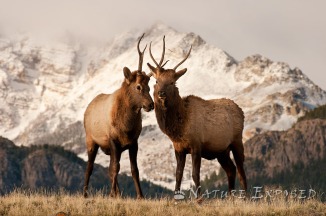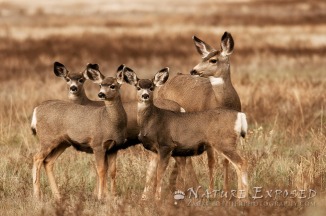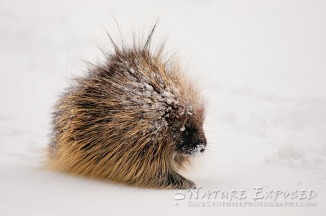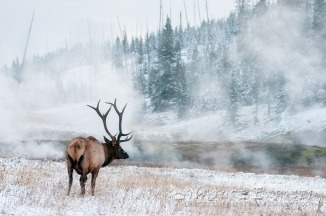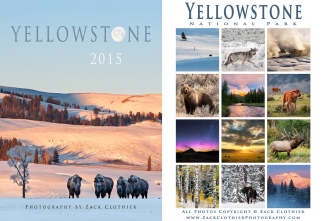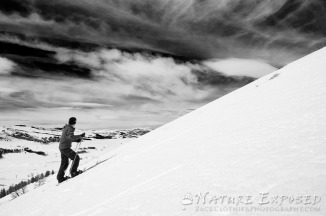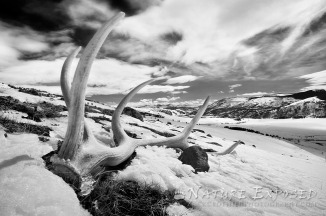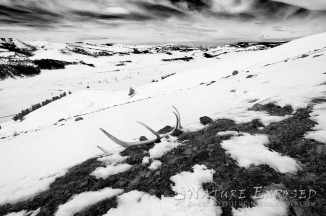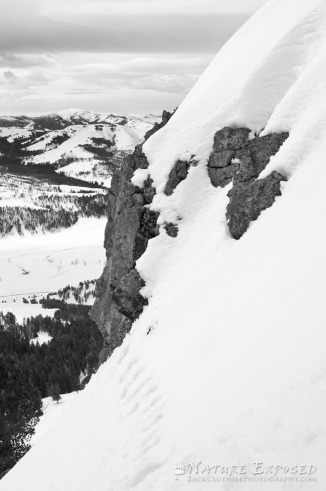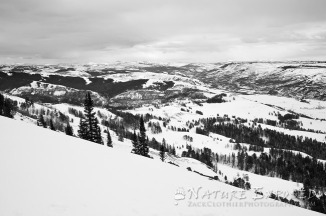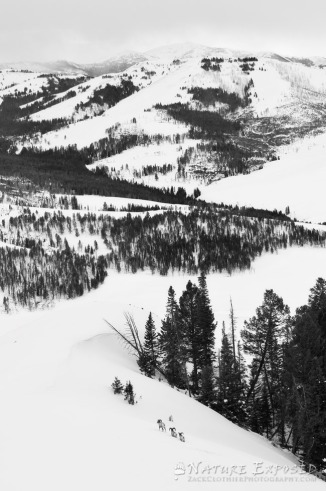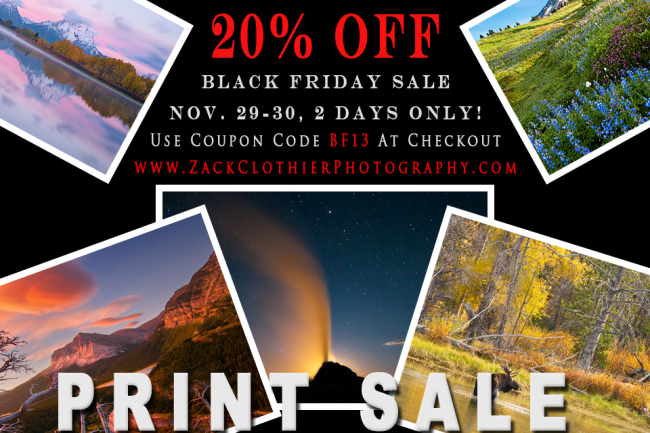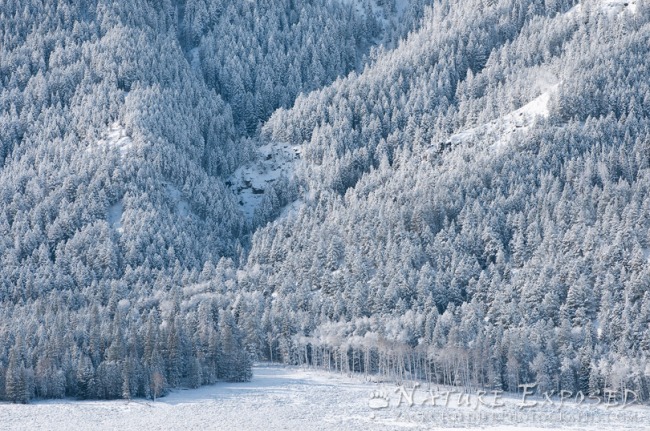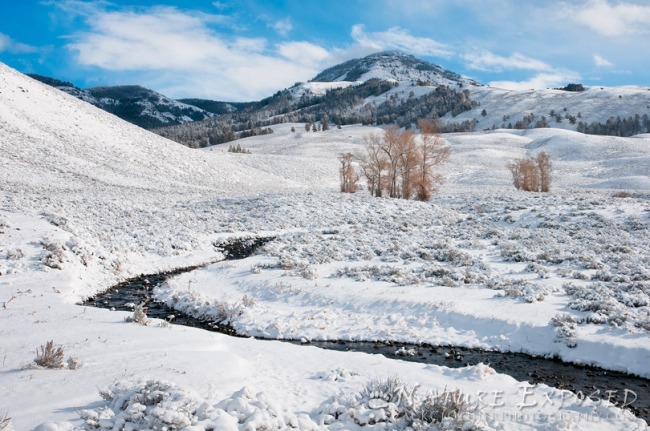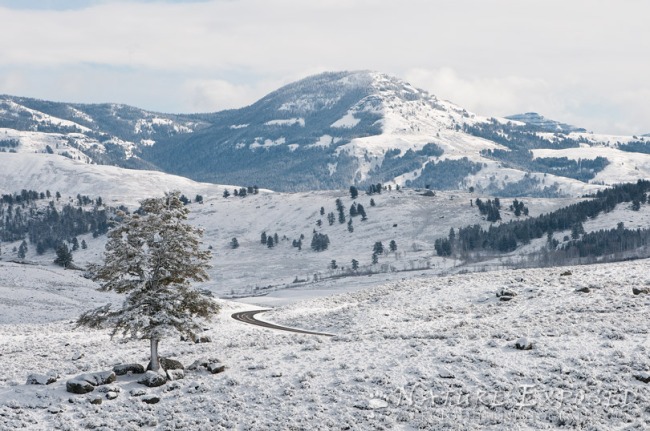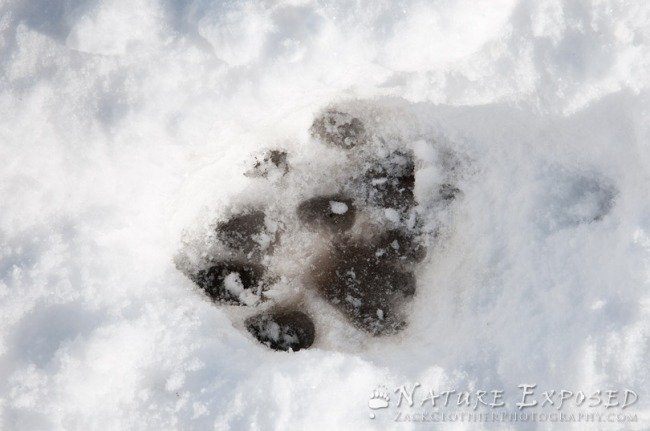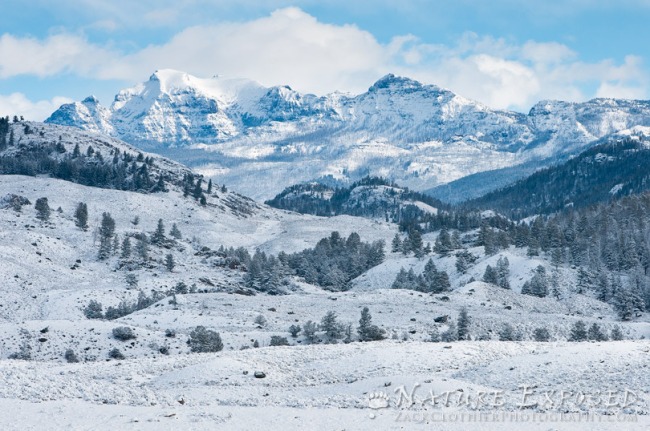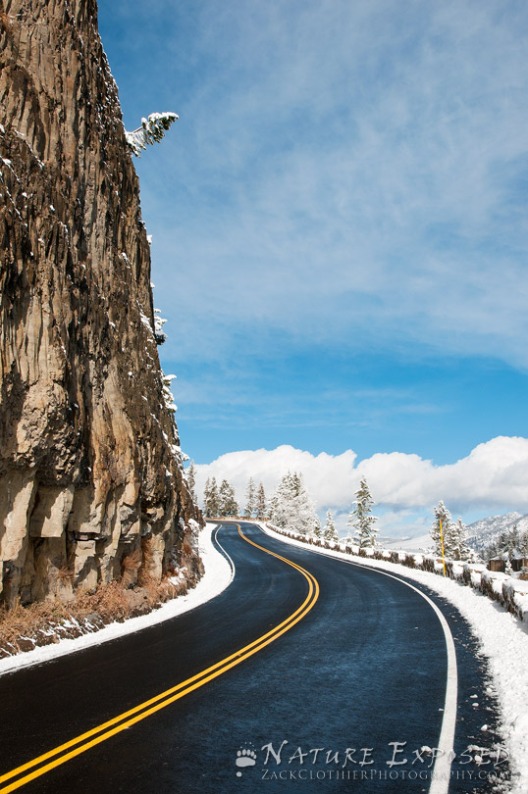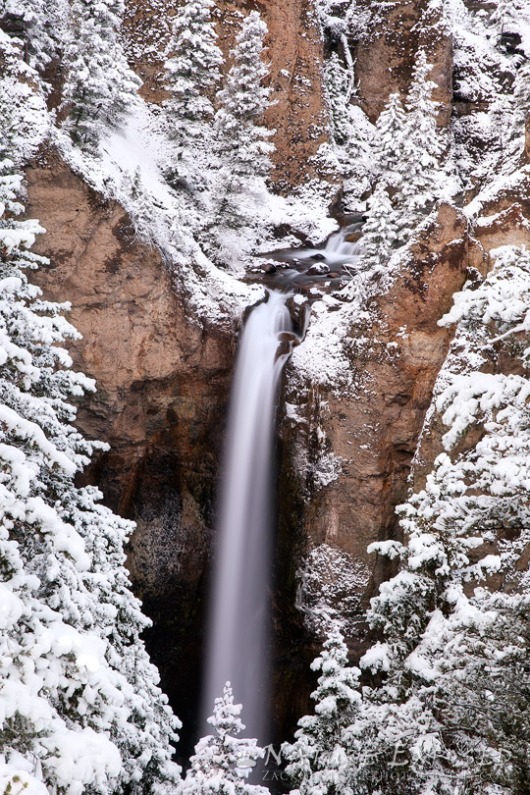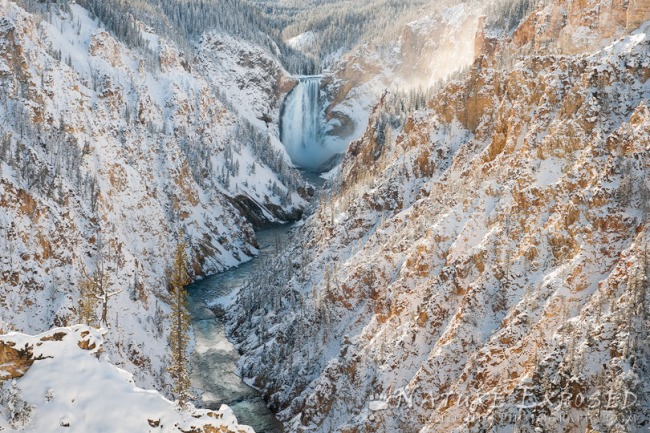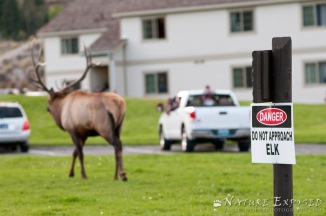The night of April 15th marked the beginning of a remarkable series of lunar eclipses that will be visible from North America in 2014-2015. Lunar eclipses generally happen about twice a year, but often times these are only partial or penumbral eclipses. The series occurring in 2014-2015 is unique because all four eclipses will be total, meaning the entire moon will be shadowed. When four consecutive eclipses are all total it is called a Tetrad.
Photographing an eclipse can be extremely tricky, and there are a few things that you’ll need. First of all the weather must cooperate. If there are to many clouds in the sky you aren’t going to see anything, let alone photograph it. The second thing you’ll need is a sturdy tripod, a must for any type of nighttime photography. Lastly, a camera capable of producing images at high ISOs. I recommend having a shutter release of some kind, but using the self timer feature found on most cameras will be sufficient if you lack one.
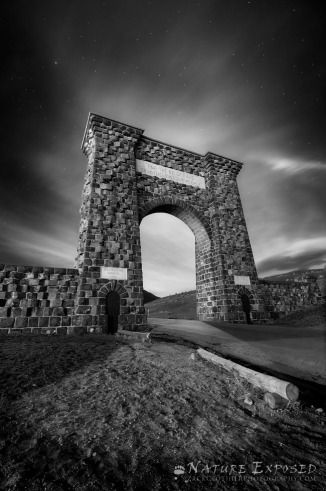
“Midnight Arch” – Moonlight shining through the opening of Roosevelt Arch on the night of the Lunar Eclipse. (Prints Available)
Before the eclipse starts you will be able to get away with longer shutter speeds, but when the moon is completely in shadow you will need longer exposures to compensate for the lack of light. Here is where you must be careful, using to long a shutter speed will result in the moon being blurry due to earth’s rotation, an exposure to short and you won’t get good detail in the moon. I would suggest a shutter speed of no longer than 1/4 Sec., especially if you’re shooting the moon with a telephoto lens. During totality when the light is low simply boost your ISO to add more light for a proper exposure.
I recommend shooting multiple images of the moon as it progressives through the various stages of the eclipse, this way you can combine the images later on to create a composite image like I did in “Lunar Phases”. Composites are useful when you don’t have a long enough lens to fill the frame with the moon or you simply want to show the different phases the moon takes on during an eclipse.
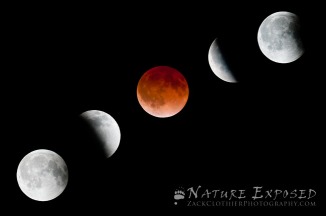
“Lunar Phases” – A composite image showing the different moon phases during the total Lunar Eclipse on the night of April 14-15th. (Prints Available)
Get Creative. Cameras are capable of producing some incredible images under the right circumstances, but sometimes it takes the intervention of the photographer to fully recreate the vision in mind. My image of the lunar eclipse, titled “Earthly Visions”, is one of these cases. The image was created using multiple exposures. Two exposures were taken for the landscape for proper exposure and sharpness and another exposure was needed to retain detail in the moon and keep it from becoming a big white blob. Due to the extreme dynamic range of the scene there would have been no way to achieve an image such as this with a single exposure alone.
Some will cry that this image has been “photoshopped” due to the level of processing that went into it, but I believe that I am simply overcoming the limitations of my camera and lens to be able to record such a scene. Afterall, this is quite close to how it actually appeared, the only difference was the moon and surrounding landscape was a bit darker to my eye. Through the use of long exposure techniques I was able to brighten both of these elements for a more compelling photograph.
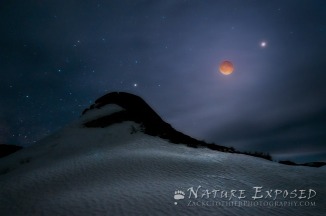
“Earthly Visions” – The “blood moon” over Soda Butte Cone, a large, dormant hot spring in Lamar Valley. (Prints Available)
The word “photoshopped” gets thrown around way to often these days in the field of photography, in fact, most professional photographers that I know use photoshop to develop their images, myself included. Does this mean we are somehow cheating reality or adding things that weren’t there in the first place? Of course not. We are simply developing/processing images because they require it. When you are shooting with a digital camera in RAW format it is very similar to a 35mm negative from a film camera, it needs to be developed before it becomes a photograph. To me, the word “photoshopping” means an image was altered beyond reality, which in this case it was not. You’re far more likely to see photoshopped images in fashion magazines and those cheesy tabloids you find on the newsstands in your local supermarket than you are in the field of nature photography. So please folks, grow up, enjoy the images, and stop crying “photoshopped” unless you fully understand the meaning of it!

